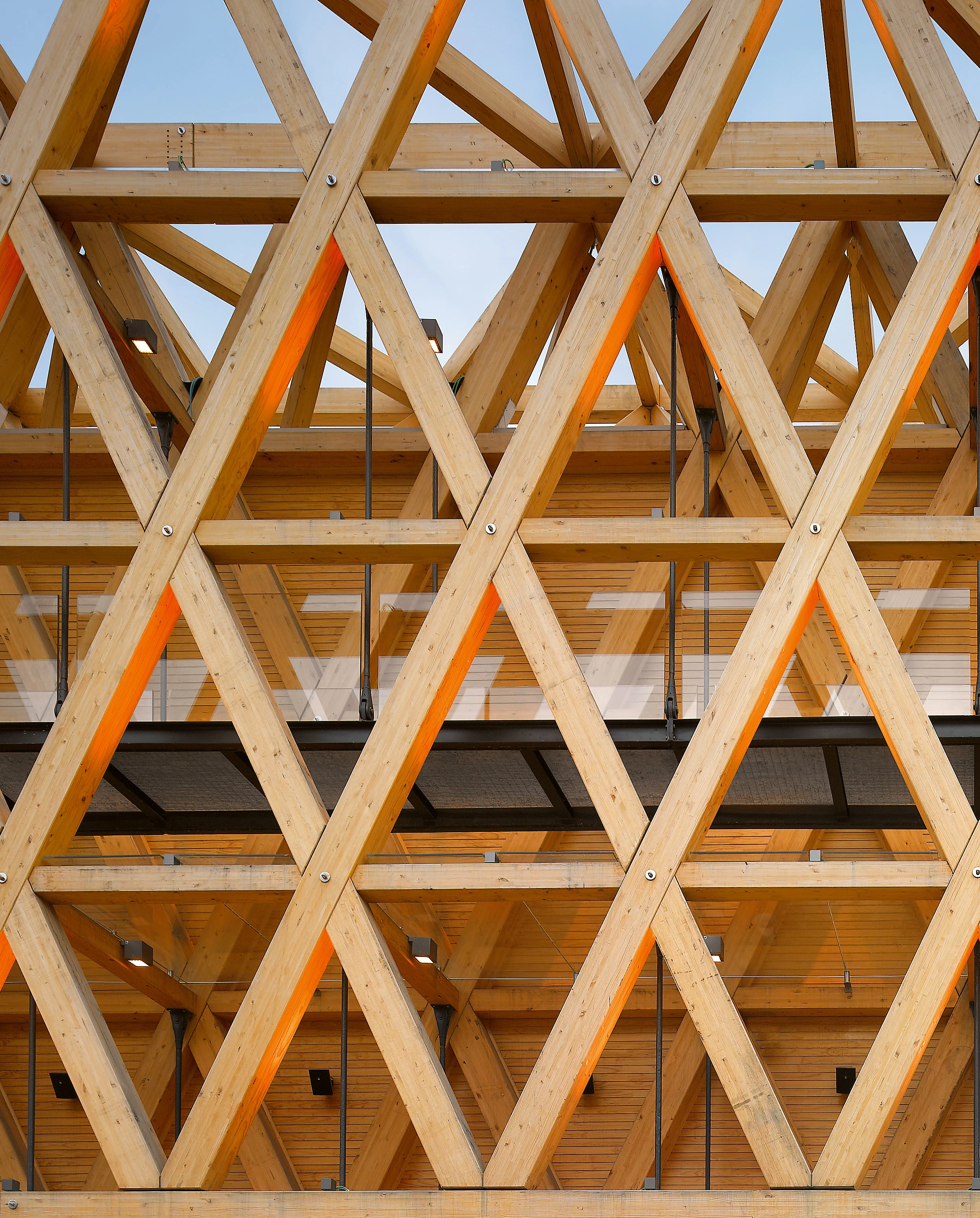
Cristián Undurraga and Ana Luisa Devés have created works without pedestals. Over four decades ago they set up a studio that became known around the world with the Palladio Award, a prize for architects under forty that James Stirling, Manfredo Tafuri, Rafael Moneo, and Francesco Dal Co bestowed on their Casa del Cerro, a material geometry boldly inserted in the landscape. In the nineties, the interests and needs of Ana Luisa shifted her attention towards sculpture, and from the beginning of the century the responsibility for the projects fell on Cristián. But both the pieces conceived by her and the buildings designed by him share the natural condition of works that do not need a pedestal, because they assert themselves effortlessly seizing the space with organizational clarity, building efficiency, and artisanal warmth, and such description befits the projects dated after 2000 compiled here.
Works of diverse programs and languages, their variety is interwoven with the guiding thread of functional discipline, constructive capacity, and representative elegance, to achieve the difficult simplicity of the best architecture. Rafael Moneo, who has followed the steps of the studio since that early competition, considers the rationality of the plan, the predominance of the structure, and the attention to the site to be the essential features of its oeuvre. And Fernando Pérez Oyarzun, who knows the firm’s key works intimately and in detail, prefers grouping them into types to underscore the extreme professionalism with which it tackles programs as different as public spaces, cultural or religious buildings, offices or schools, and residential projects, always settled with a clear scheme that strikes the right balance between convention and innovation, reconciling the commission’s restraints with artistic drive.
At the crossroads of geometry and geography, between the order that controls structural logic or civil coexistence and the disorder of eventful sites or people’s lives – summed up in the plazas embracing the Palacio de La Moneda, those of Constitución and Ciudadanía – Undurraga’s work gives a voice to his country through the eloquent materiality of construction. Whether in the modest houses for a Mapuche community or in the formidable pavilion representing Chile in Milan and that now stands in the Araucanía, the tectonic rigor of geometry reflects the vital diversity of geography. And all this with the tactile emotion of a natural architecture that persuades without overwhelming, stands without imposing, and affirms itself in its physical and social context without need for a rhetorical pedestal that separates the works from the firm, fertile ground of architectural conviction and territorial commitment.






